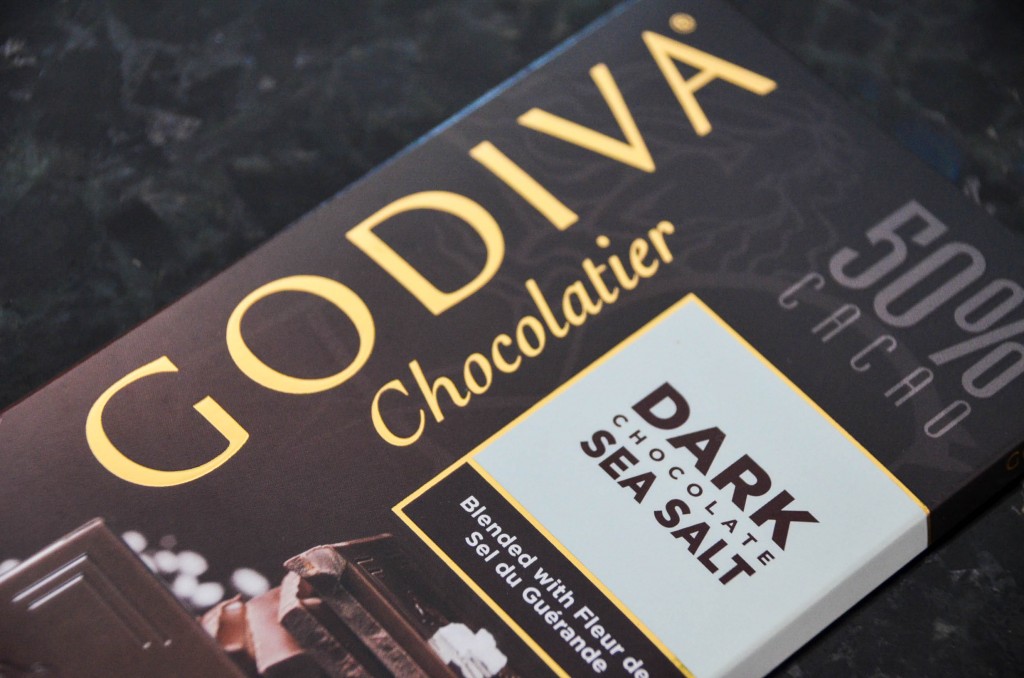When people eat, taste alone is not the only thing that makes the food enjoyable. The visual presentation and smell are also two vital elements that all chefs put into consideration. But now there seems to be one more frontier for food to explore—the effect of sounds on how food tastes. While there is still more research just waiting to happen on this topic, the concept of one sense affecting another is known as synesthesia. And while you might not know it, some restaurants have already begun looking into this by experimenting with specific music for their customers.
What’s the science behind it?
For your own experiment: Choose some kind of food that has two different kinds of flavors to it. One example is dark chocolate, which tastes simultaneously bitter and sweet. Or if you’re a coffee-lover, whip up a steaming cup of black coffee with a few spoonfuls of sugar. Leave it up to your brain to do all the fancy work behind this interesting phenomenon.

Photo by Jocelyn Hsu
Listen to a high-pitched sound or song. Have a bite of chocolate or sip of coffee. What you should taste more of is the sweetness in the cocoa or sugar. On the opposite end of the spectrum, now try tuning into a low-pitched sound or song and repeat the same process. Lower sounds tend to adjust the mind to focus more on the bitterness of the chocolate or coffee. While nothing about the food changes, your perception of particular flavors stand out depending on the mind’s response to pitches.
It’s unsurprising then that dulled senses, likewise result in dulled taste. Think of when you have a cold; that chicken noodle soup tends to taste more bland than usual. The reason behind that is because of your stuffy nose, which prevents you from smelling the soup. Also, senses are not as acute when you’re on a plane, as found in an article by The Guardian. The high altitude can dampen your appetite due to a combination of one’s suppressed ability to smell and the loud background noise (aka why airplane food blows).
Interestingly, though, there is an exception: umami is immune to such distractions. Umami-rich foods include, but are not limited to mushrooms, strong-flavored cheeses like parmesan, and tomatoes—thus favored in the forms of a Bloody Mary and tomato juice while in the air. There is even talk of revolutionizing airplane food by crafting menus that specialize on such foods. So international flights just might amp up their food game before we know it.
Who’s tried it out?
The first—and successful—experiment was done by The Crossmodal Research Laboratory at Oxford University, where volunteers were offered cinder toffee and then listened to certain sounds. However, they wanted to experiment in a realistic setting for more accurate results, and so partnered up with a food artist named Caroline Hobkinson to make it happen in a restaurant. Thus, a month-long “study” was done at the London restaurant House of Wolf under Caroline Hobkinson’s special “Look, Listen, Smell, Touch…Eat!” menu.
Out of several daring and intriguing options, such as elevated bread and spearing meat with two-foot long apple tree branches, was the dessert called a “sonic cake of pop.” A luscious and rich combination of chocolate and bittersweet toffee, it came with a telephone number for diners to call. An operator then instructed them to dial 1 for “sweetnesss” and 2 for “bitterness”. When they did, the respective high and low-pitched sounds were played as the diners ate the cake. While some responses have been that headphones would have made things easier, generally diners were also surprised by the effect that sounds had on the sweetness or bitterness of their cake. Our taste buds are a crazy thing.




